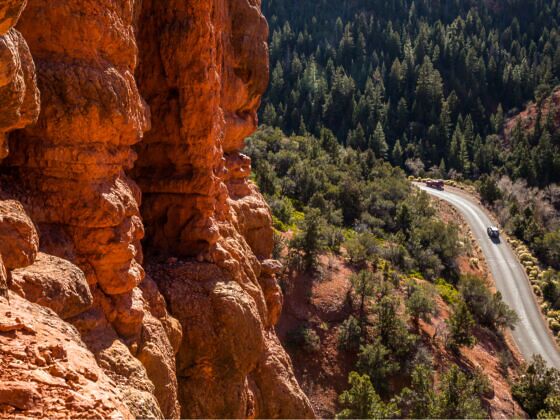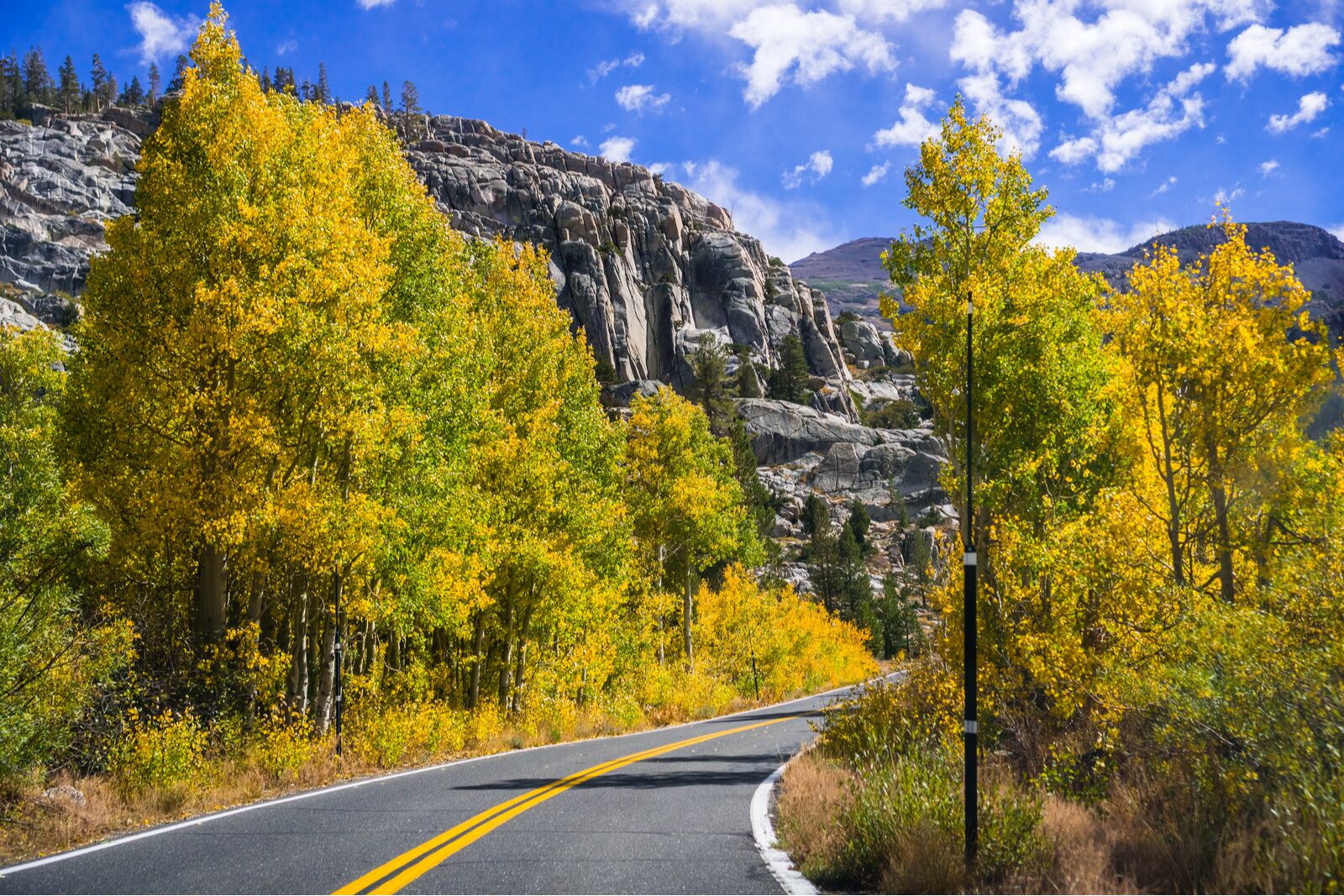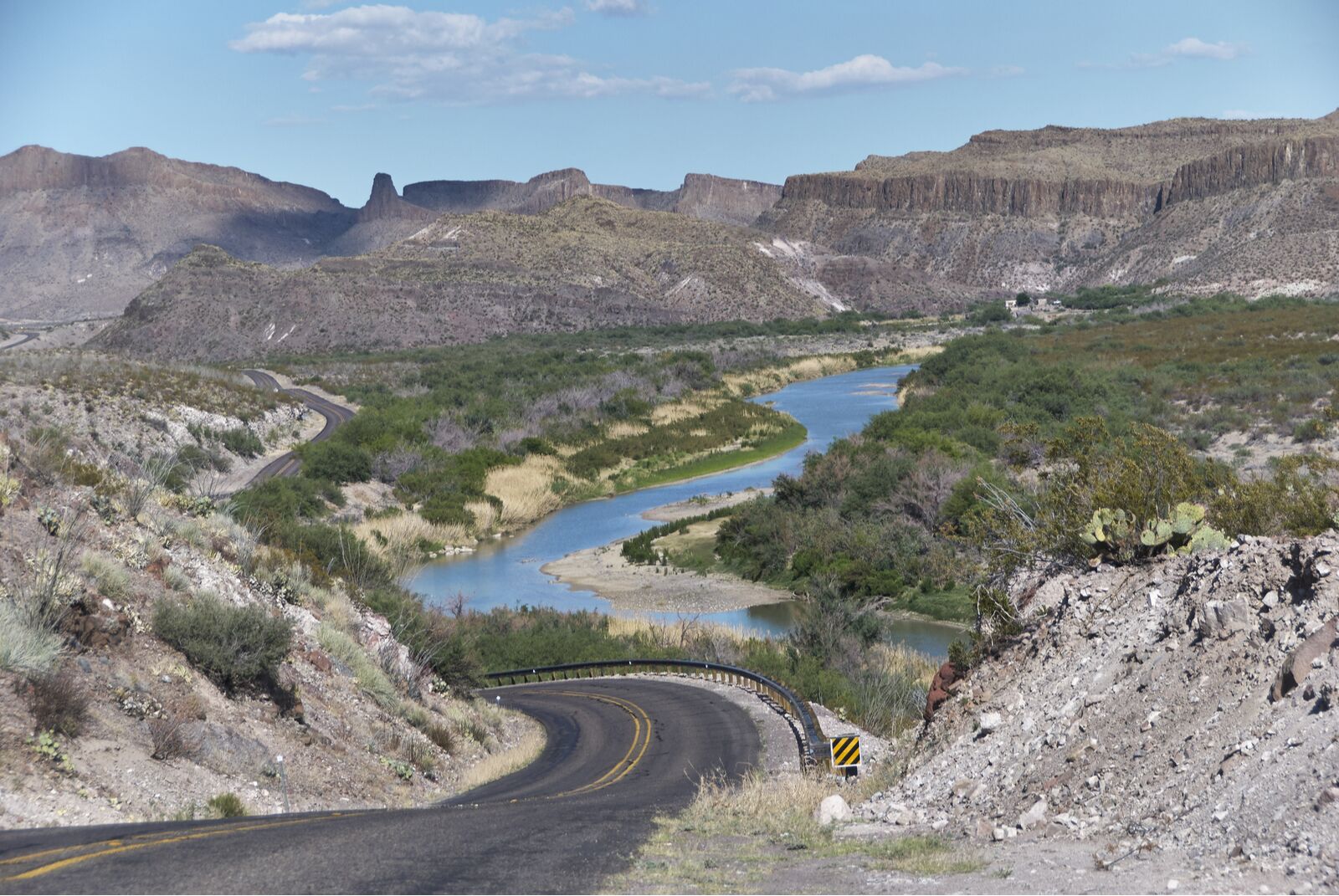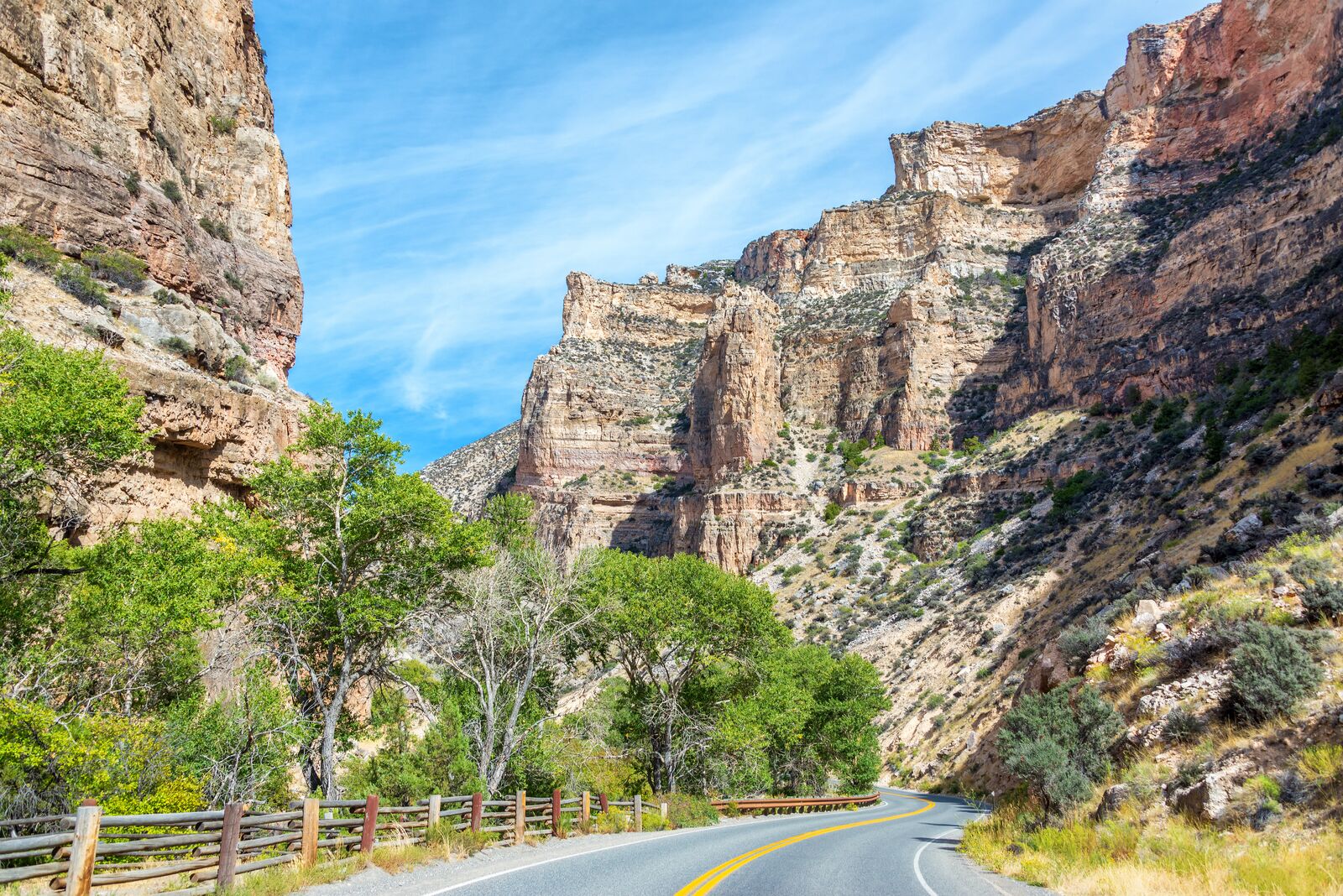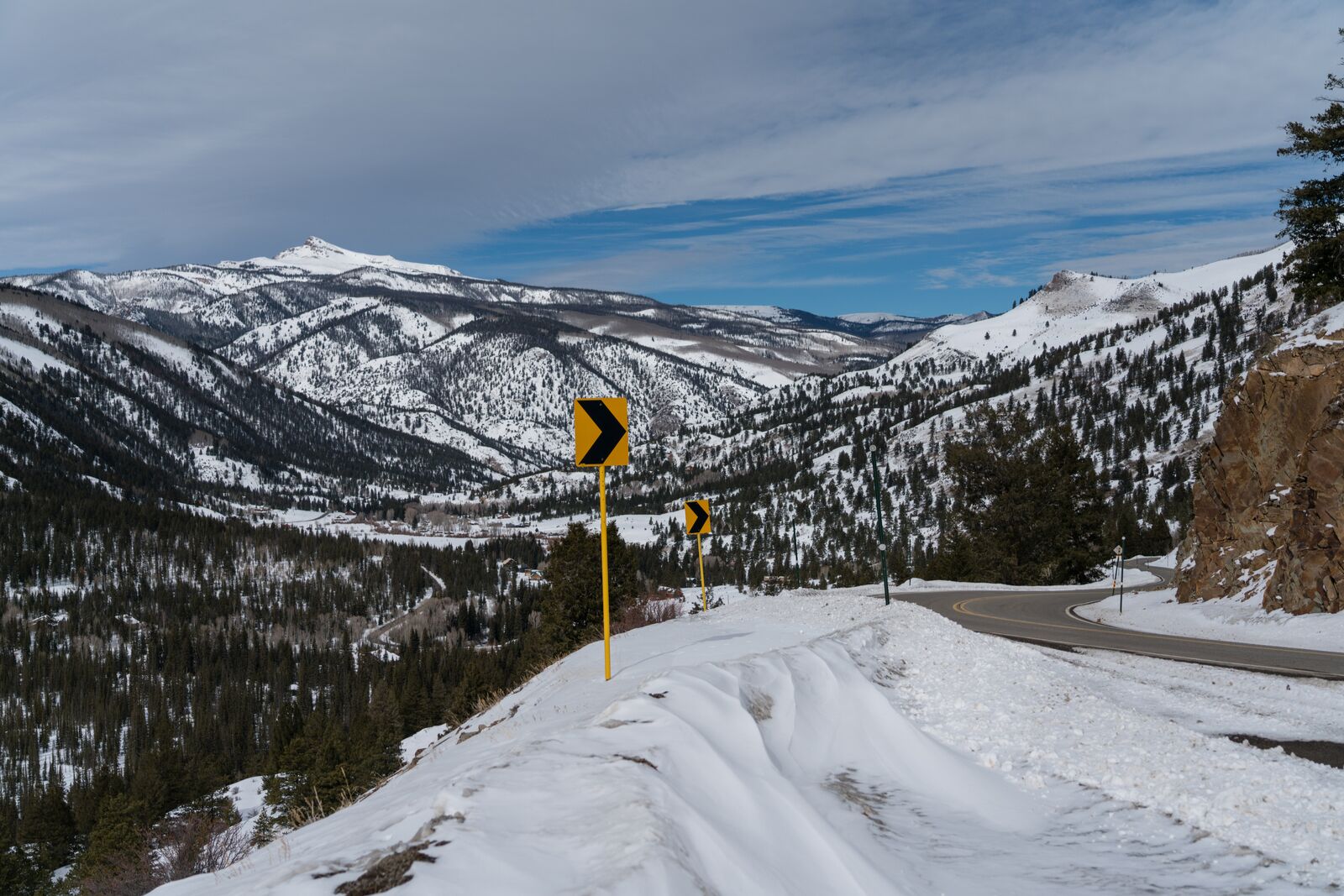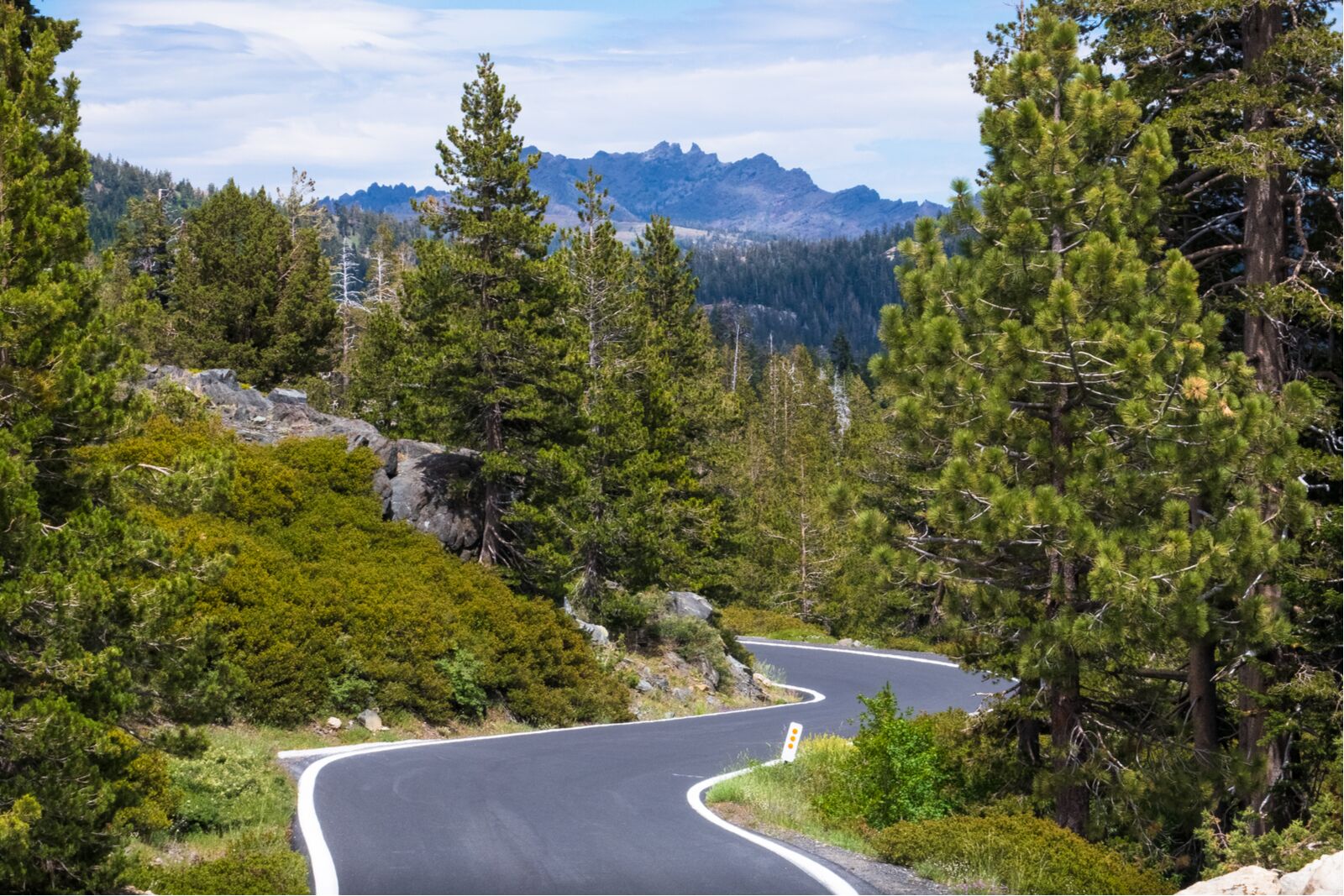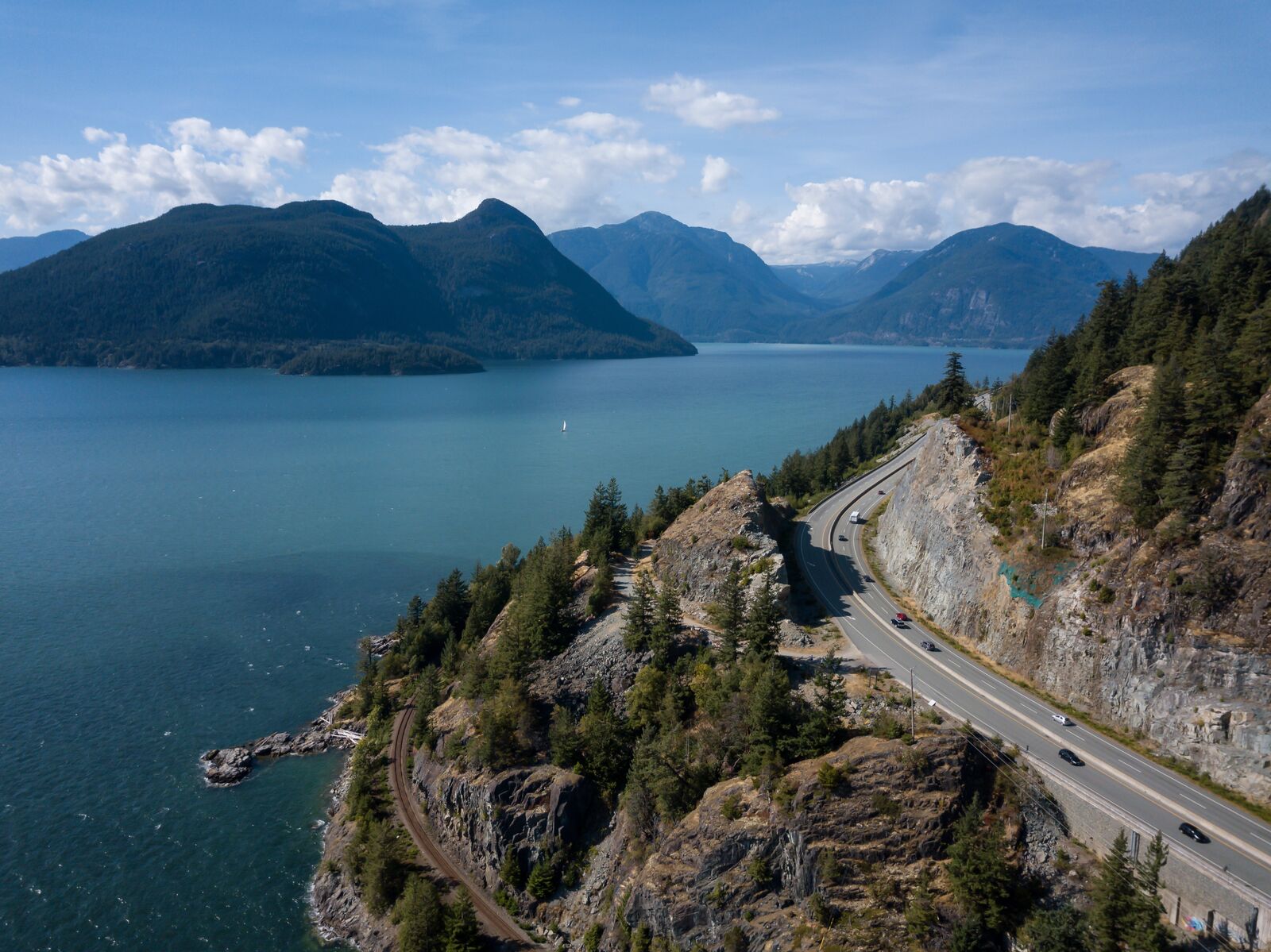Ah, spring – when snow is melting off mountain peaks and the sun dares to peek out from behind gray winter clouds. For some, it means the start of family vacations and weekends spent hiking or camping. But for others, it’s time to hit the road.
But if you want this year’s scenic road trip to be different from years past, with a change of scenery and certainly no 10-hour drives across endless Kansas plains, explore these roads with the steepest highway grades in the US. These seven roads with the steepest highway grades in the US (plus a bonus drive in Canada) have some insane hairpin turns and will test your brakes (and your nerves), especially since many are winding, two-lane roads.
